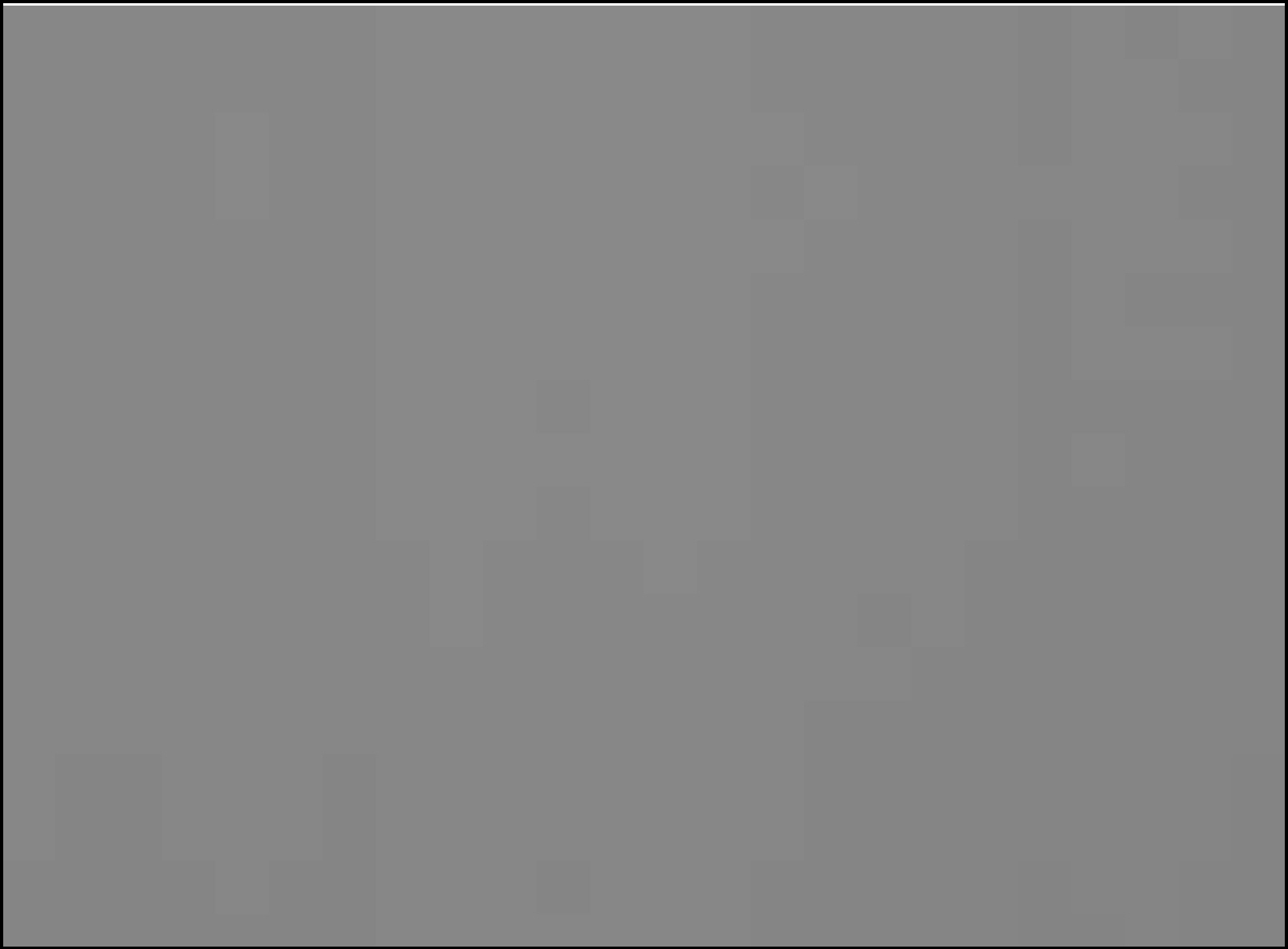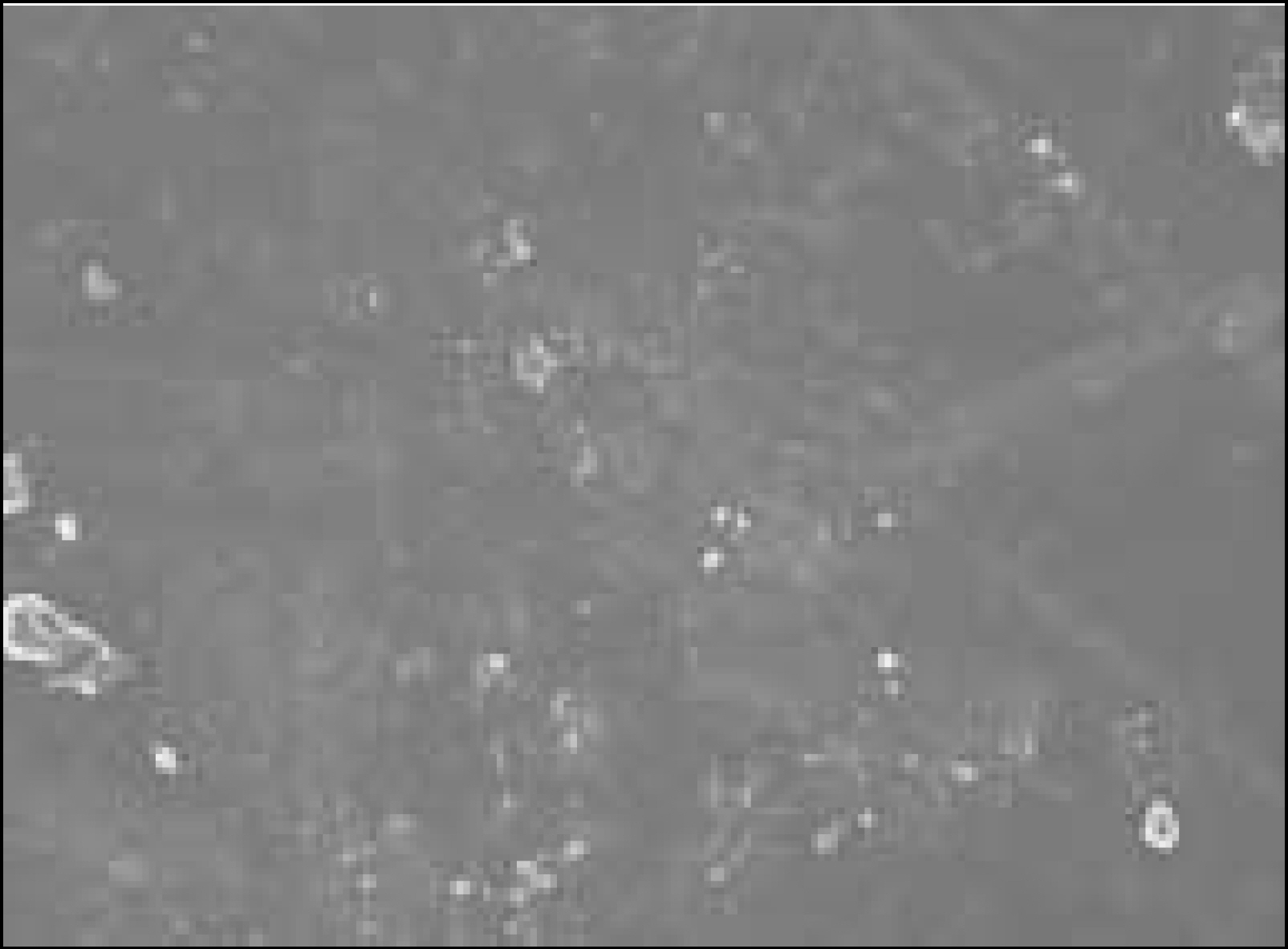J Korean Acad Conserv Dent.
2007 May;32(3):180-190. 10.5395/JKACD.2007.32.3.180.
Evaluation on the abrasion resistance of a surface sealant
- Affiliations
-
- 1Department of Dentistry, College of Medicine, Seonam University, Korea.
- 2Dental Center, Chung Ang University Hospital, Korea.
- 3Department of Conservative Dentistry, College of Dentistry, Chosun University, Korea. ygcho@chosun.ac.kr
- KMID: 2175866
- DOI: http://doi.org/10.5395/JKACD.2007.32.3.180
Abstract
- The purpose of this study was to evaluate the abrasion resistance of surface penetrating sealant which was applied on a composite resin restoration and to provide proper time to reapply sealant on composite resin surface. Two hundred rectangular specimens, sized 8 x 3 x 2 mm, were made of Micronew (Bisco, Inc., Schaumburg, IL, U.S.A) and divided into two groups; F group (n = 10) was finished with coarse and medium grit of Sof-Lex discs and BisCoverwas applied B group (n = 190) after finishing with discs. B group was again subdivided into nineteen subgroups. From B-1 group to B-18 group were subjected to toothbrush abrasion test using a distilled water-dentifrice slurry and toothbrush heads. B-IM group was not subjected to toothbrush abrasion test. Average surface roughness (Ra) of each group was calculated using a surface roughness tester (Surfcorder MSE-1700: Kosaka Laboratory Ltd., Tokyo, Japan). A representative specimen of each group was examined by FE-SEM (S-4700: Hitachi High Technologies Co., Tokyo, Japan). The data were analysed using cluster analysis, paired t-test, and repeated measure ANOVA. The results of this study were as follows; 1. Ra of F group was 0.898 +/- 0.145 microm and B-IM group was 0.289 +/- 0.142 microm. Ra became higher from B-1 group (0.299 +/- 0.48 microm) to B-18 group (0.642 +/- 0.313 microm). 2. Final cluster center of Ra was 0.361 microm in cluster 1 (B-IM ~ B-7), 0.511 microm in cluster 2 (B-8 ~ B-14) and 0.624 microm in cluster 3 (B-15 ~ B-18). There were significant difference among Ra of three clusters. 3. Ra of B-IM group was decreased 210.72% than Ra of F group. Ra of B-8 group and B-15 group was increased 35.49% and 51.35% respectively than Ra of B-IM group. 4. On FE-SEM, B-IM group showed the smoothest resin surface. B-8 group and B-15 group showed vertically shallow scratches, and wide and irregular vertical scratches on composite resin surface respectively. Within a limitation of this study, finished resin surface will be again smooth and glazy if BisCover would be reapplied within 8 to 14 months after applying to resin surface.
Keyword
MeSH Terms
Figure
Reference
-
참고문헌
1. Hoelscher DC, Neme AML, Pink FE, Hughes PJ. The Effect of three finishing systems on four esthetic restorative materials. Oper Dent. 23:36–42. 1998.2. Turkun LS, Turkun M. The effect of one-step polishing system on the surface roughness of three esthetic resin composite materials. Oper Dent. 29:203–211. 2004.3. Joint SB, Gregoire GL, Auther AM, Roques YM. Three-dimensional optical profilometry analysis of surface states obtained after finishing sequences for three composite resins. Oper Dent. 25:311–315. 2000.4. Yap AUJ, Yap SH, Teo CK, Ng JJ. Comparison of surface finish of new aesthetic restorative materials. Oper Dent. 29:100–104. 2004.5. 이재 용, 신동 훈. 전∙구치 겸용 혼합형 복합레진의 두 가지 연 마법에 따른 표면조도. 대한치과보존학회지. 28:369–377. 2003.6. Yap AUJ, Yap SH, Teo CK, Ng JJ. Finshing/polishing of composite and compomer restoratives: effectiveness of one-step systems. Oper Dent. 29:275–279. 2004.7. Fruits TJ, Miranda FJ, Coury TL. Effects of equivalent abrasive grit sizes utilizing different polishing motions on selected restorative materials. Quint Int. 27:279–285. 1996.8. Filho NH, D’Azevedo MTFS, Nagem HD, Marsola FP. Surface roughness of composite resins after finishing and polishing. Braz Dent J. 14:37–41. 2003.9. Roeder LB, Tate WH, Powers JM. Effect of finishing and polishing procedures on the surface roughness of packable composites. Oper Dent. 25:534–543. 2000.10. Turssi CP, Saad JRC, Duarte SLL, Rodrigues AL. Composite surfaces after finishing and polishing techniques. Am J Dent. 13:136–138. 2000.11. Lu H, Roeder LB, Powers JM. Effect of polishing systems on the surface roughness of microhybrid composites. J Esthet Restor Dent. 15:297–304. 2003.
Article12. Ryba TM, Dunn WJ, Murchison DF. Surface roughness of various packable composites. Oper Dent. 27:243–247. 2002.13. Tate WH, Powers JM. Surface roughness of composites and hybrid ionomers. Oper Dent. 21:53–58. 1996.14. Reis AF, Giannini M, Lovadino JR, dos Santos Dias CT. The effect of six polishing systems on the surface roughness of two packable resin-based composites. Am J Dent. 15:193–197. 2002.15. Setcos JC, Tarim B, Suzuki S. Surface finish produced on resin composites by new polishing systems. Quint Int. 30:169–173. 1999.16. Erhardt MCG, Magalhaes CS, Serra MC. The effect of rebonding on microleakage of class V aesthetic restorations. Oper Dent. 27:396–402. 2002.17. May KN Jr, Swift EJ Jr, Wilder AD, Futrell SC. Effect of a surface sealant on microleakage of Class V restorations. Am J Dent. 9:133–136. 1996.18. Doray PG, Eldiwany MS, Powers JM. Effect of resin surface sealers on improvement of stain resistance for a composite provisional material. J Esthet Restor Dent. 15:244–250. 2003.
Article19. Kawai K, Leinfelder KF. Effect of surface penetrating sealant on composite wear. Dent Mater. 9:103–113. 1993.20. Ramos RP, Chinelatti MA, Chimello DT, Dibb RGP. Assessing microleakage in resin composite restorations rebonded with a surface sealant and three low-viscosity resin systems. Quint Int. 23:450–456. 2002.21. Ramos RP, Chimello DT, Chinelatti MA, Dibb RGP, Mondelli J. Effect of three surface sealants on marginal sealing of class V composite resin restorations. Oper Dent. 25:448–453. 2000.22. Dickinson GL, Leinfelder KF. Assessing the long-term effect of a surface penetrating sealant. J Am Dent Assoc. 124:68–72. 1993.
Article23. Garman TA, Fairhurst CW, Heuer GA, Williams HA, Beglau DL. A comparison of glazing materials for composite restorations. J Am Dent Assoc. 95:950–956. 1977.
Article24. 조영 곤, 최희 영. 복합레진 수복물의 변연 미세누출에 관한 BiscoverTM 전색제의 효과. 대한치과보존학회지. 30:355–364. 2005.25. Barghi N, Alexander C. A new surface sealant for polishing composite resin restorations. Compend Contin Educ Dent. 24:30–33. 2003.26. Suh BI. A new resin technology: a glaze/composite sealant that cures without forming an oxygen-inhibited layer. Compend Contin Educ Dent. 24:27–29. 2003.27. Teixeira EC, Thompson JL, Jeffrey RP, Thompson JY. In vitro toothbrush-dentifrice abrasion of two restorative composites. J Esthet Restor Dent. 17:172–180. 2005.
Article28. Wang L, Garcia FC, Amarante de Araujo P, Franco EB, Mondelli RF. Wear resistance of packable resin composites after simulated toothbrushing test. J Esthet Restor Dent. 16(5):303–314. 2004.
Article29. van Dijiken JW, Ruyter IE. Surface characteristics of posterior composites after polishing and toothbrushing. Acta Odonto Scandia. 45:337–346. 1984.30. van Dijiken JW, Stadigh J, Meurman JH. Appearance of finished and unfinished composite surface after toothbrushing. A scanning electron microscopy study. Acta Odonto Scandia. 41:377–383. 1983.31. Margio L, Rizzi M, La Torre G. 3-D surface profile analysis: different finishing methods for resin composites. Oper Dent. 26:562–568. 2001.32. Jung M, Voit S, Klinek J. Surface geometry of three packable and one hybrid composite after finishing. Oper Dent. 28:53–59. 2003.33. Bertrand MF, Leforestier E, Muller M, Lupi-Pegurier L, Bolla M. Effect of surface penetrating sealant on surface texture and microhardness of composite resins. J Biomed Mater Res. 53:658–663. 2000.
Article34. De Wet FA, Ferreira MR. The durability of dental glazes. J Prosthe Dent. 44:300–306. 1980.
Article
- Full Text Links
- Actions
-
Cited
- CITED
-
- Close
- Share
- Similar articles
-
- A Study on the Abrasion Resistance and Surface Roughness of the Dental Stones
- Abrasion resistance of denture base resin including vinyloligosilsesquioxane
- Bond strength according to the adhesive type and the distance between enamel surface and resin base in indirect bonding
- Effect of NaF iontophoresis and Nd:YAG laser irradiation on the abrasion-resistance of root surface
- The influence of the die hardener on gypsum die








